OK: having discussed the ‘basics’ at strategic and operational levels, and certain of air warfare-related weaponry having major impact upon developments on the air war in Ukraine of the last few weeks and months, now let’s have a look at how is all (or some) of that applied in practice – and that at tactical level.
For reasons of simplicity, I’ll something like ‘play a scenario’ taking place on a relatively ‘quiet sector’: it’s not even the frontline in the Donbass. Reason: we can all bet our annual income that along the frontlines in the Donbass, and in southern Zaporizhzhya, ‘games’ of the following kind are played few dozens of times every day, and involving dozens, if not hundreds of ‘players’… Explaining that would make things really complex. Indeed, messy. I doubt I could do that. And even if: I’m a strong proponent of the ‘KISS-principle’ – where KISS stands for ‘keep it simple, stupid’…
Like before, everything of the following is ‘just for demonstration purposes’: any similarities with real persons or events are pure, distilled accidents. A ‘wild guess’, at best…
***
Lets say that sometimes in February this year, the VKS began ‘combat testing’ of its MPK and UMPK kits for FAB-250M-62 and FAB-500M-62 bombs. There are two ways of doing that part of the job:
a) Deploying them in small numbers, as they’re becoming available; or
b) Building-up a stock before deploying them in big numbers.
I guess, one could quarrel over which of two methods is better until the end of the world. Eventually, it doesn’t matter. What does matter is what the Russians did in the real life. They opted for ‘a’. And so, lets say that every few days, one of VKS Su-34s would approach at an altitude of around 9,000 metres, and lob one or two UMPKs at one or another target somewhere in north-eastern Ukraine.
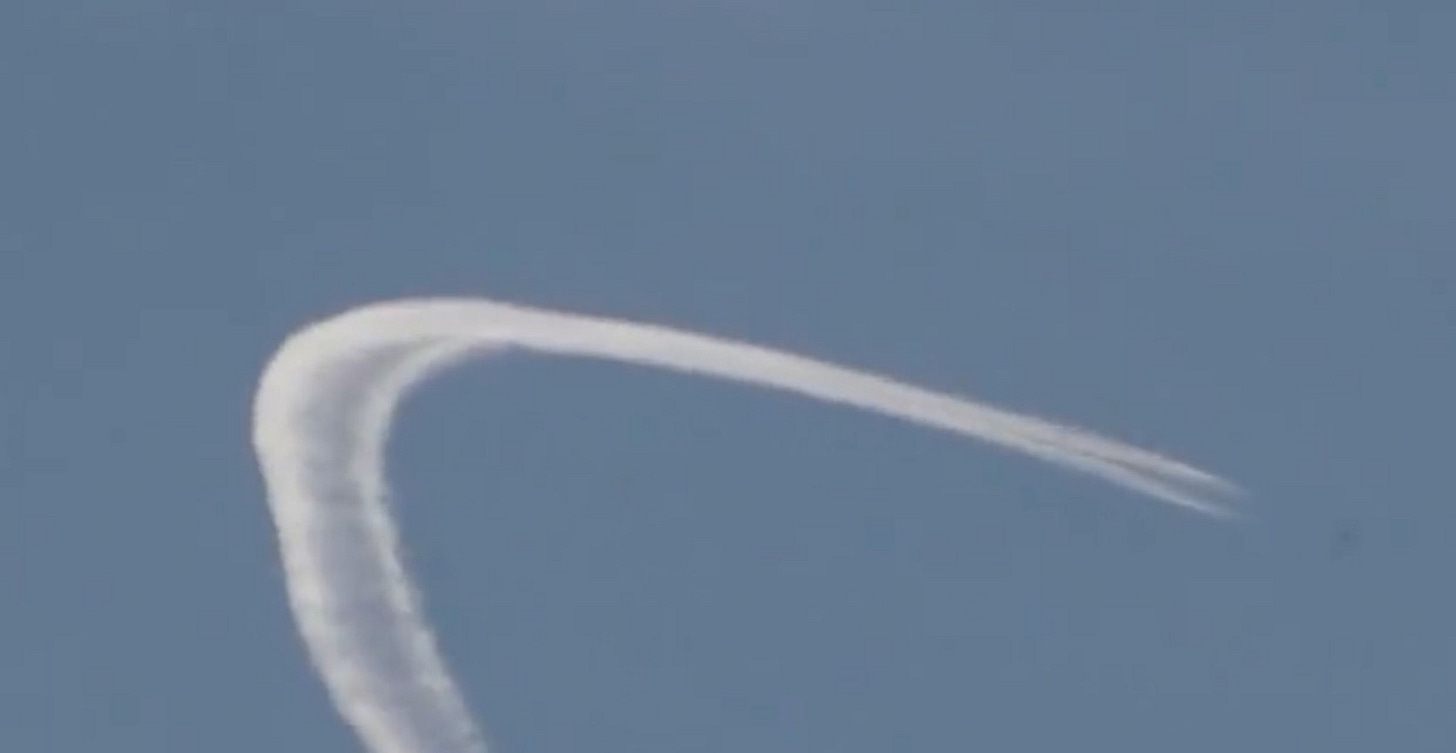
Logic dictates the PSU to react. Available resources are meagre, but after two or three of such strikes, the air defence ‘has to do something’: Kyiv can’t simply let Russians go on killing Ukrainians or striking selected targets at will, if nothing else.
Now, to keep it simple, lets say the PSU reacted by deploying one of its BUK transporter erector-launcher-and-radar (TELAR) vehicles (yes, in ‘Assault Mode’: in same way the Russians shot down the poor MH17), supported by one (or more) of P-15s serving both as decoy/s and for early warning purposes - and that into the area somewhere between Koriukivka and Shostka…
Make no mistakes: neither the P-15- nor the Buk-crew are going to power up their radars and emit all the time: if doing that, they would ‘eat’ one of Russian anti-radar missiles – probably a Kh-31P – and that before soon. Instead, the P-15 is turning on at random points in time, for random periods of time, frequently changing position, then repeating the exercise. (Things would only get even more complex if I now add another P-15 or another Buk TELAR…the number of ‘variables’ is simply too high….) Even more so, the Buk TELAR is not powering up its radar at all. It’s deployed under ‘emission control’ conditions (EMCON) – which means it’s as silent as a grave: not emitting even with radios or telephones – except the P-15 informs it that an enemy aircraft is within engagement envelope.
Then comes that what game hunters in real life know very well: waiting.
Waiting.
Waiting. Very patiently.
Waiting still longer…
Waiting. For days…
…perhaps for weeks…
…then, all of a sudden, the next Su-34 appears to run its next test-strike. Let’s say, conditions are ‘ideal’ for Ukrainians: they’ve re-deployed their P-15 once again, and on time, and moved the Buk TELAR closer to the border…. I would say this is actually unlikely, but for the purpose of this demonstration, let’s say that, sometimes in March or April, the Russians got used to the presence of that P-15 and decided to ignore it, because the GRU detected no presence of any other Ukrainian air defence systems. So, the Su-34 comes in and was detected by Ukrainian P-15, which in turn informed the Buk TELAR. The crew of the latter waited for the jet to enter the range, then powered up its radar and fired a missile. Only long enough for the missile to reach the target – which is about 15-20 seconds. However, the radar warning receiver of the Su-34 detected not only the P-15, but also the firing action of the Buk. The Su-34 turned and accelerated away, avoiding the missile: having the task of striking something ‘behind’ that Buk, the Russian crew opted to abort the mission.
Logic dictates the VKS to react….and now the things are getting tricky. Obviously, the VKS and the GRU are first going to try finding out what exactly (in terms of air defences) has the PSU got in the area of their interest, and where is it. Correspondingly, they deploy one or two ground-based ELINT/SIGINT-gathering systems: ‘sexy’ thing about these is that they are ‘passive’, i.e. emitting no signals, just monitoring those of the enemy. Thus, their presence and position are unknown to Ukrainians. They must always count with their presence, though. If not: well, for COMINT, ELINT and/or SIGINT gathering intelligence equipment of the GRU it’s enough to track down a single smartphone of one of Buk operators. Say, his calls to wife and kids at home in the evening – and the Russians are already capable of starting to track not only the movement of a single TELAR, but (if there is one around) an entire SAM-site, too.
In turn, the part of Russia in question is so far away from most of NATO’s reconnaissance systems that the Russians are outside the detection range. Thus: they can play their games almost free.
That, however, is not all: if the weather permits it the Russians also can deploy one of their ‘Orlan trios’ (described in one of my reports from the last summer: one equipped with a camera, another for SIGINT purposes, and the third serving as a relay to their ground station/control) – to search for electronic emissions of the PSU’s air defence systems in the area of their interest.
Obviously, the PSU’s P-15 and that Buk TELAR are both going to do their utmost to avoid detection: is a matter of their survival. Therefore, they’re largely operating under EMCON and they’re frequently changing positions.
But, the Russians are not stupid and they’ve learned their lesson. After a few days, perhaps even a few weeks of this ‘hide and seek’ game, VKS is actually on advantage. If nothing else, their jets are faster: at least Su-34s can continue lobbing their UMPKs at targets within about 20km from the border, while remaining well outside the range of the Buk. Alternatively, and if they’re bolder, or the PSU-operators less experienced, they might find the BUK TELAR and target it with their UMPKs (not only with Kh-31P anti-radar missiles), or outflank it and still hit their target, or they can drag that Buk within range of their artillery, and then find and shell it….
To make things even better, and simpler for themselves, the Russians can also start combining their Su-34s with Mi-8MTPR electronic warfare helicopters. No need for ground-based COMINT/ELINT/SIGINT-means any more (which is just as good, because they need them in Donbass): the latter can not only detect the work of Ukrainian SAM-systems, but also ‘jam’ (i.e. disturb) their radars with electronic countermeasures and thus protect own jets, while in turn guiding other of VKS jets – for example: Su-35s armed with Kh-31s – into a counterattack.
Logic dictates the PSU to react. But how? Perhaps the P-15 and the Buk were already successful and have shot down one of Su-34s…. we’re unlikely to find out any time soon. However, it’s at least as likely that the P-15 was already hit – whether by UMPK or Kh-31? Perhaps it had to be replaced? Perhaps the same has happened to the Buk TELAR and it there is a need to replace it? Perhaps nothing of this has happened…?
No idea. Point is: Ukrainians had no means to hit back upon the Russians and stop them from bombing selected targets in north-eastern Ukraine at will.
Obviously, they’ve got to bring in something much longer-ranged than their Buk. Preferably, also something the electronic emissions of which might be unknown to the GRU. Or at least ‘unusual’ for the crew of that Mi-8MTPR: something that’s going to take it by surprise, thus buying precious seconds during the next engagement…?
That’s where the entire story with the ‘Assault Mode’ is coming handy. Lets say, it’s early May and the PSU meanwhile has, for example, received something like MIM-104E PAC-2/GEM….something with a range of 60km (or more)… perhaps something equipped with an active radar seeker, like the MIM-104F PAC-3…. or even something equipped with the home-on-jam capability? That’s the capability of missile to target the source of electronic countermeasures….like those emitted by Mi-8MTPR..?
…Frankly: no idea. And even if, I wouldn’t say. But, I hope, this is giving you a clue of what’s on my mind: an entirely new, unexpected but longer-ranged weapon, supported by a new type of fire-control radar (or at least one not ‘usual’ for the Russians), and with capabilities not expected by the GRU at the given place and time.
Then, how to arrange such an action? On the paper, something as ‘big’ as a MIM-104 SAM-site is not easy to hide. In the nature….oh, dear: it is very easy to hide. When everything is packed, and especially if moving by night, it’s ‘just few additional military trucks’ of similar type like hundreds of others streaming up and down the highways from Kyiv in eastern direction, the last few days, weeks, and months. Even more so if one deploys, say, just one fire-control radar, just one launcher, and the support equipment necessary for their function. Yes, a part of a Patriot SAM-site, in ‘Assault Mode’.
….one needs not much else, then, the PSU still has that old P-15 – or its replacement – ‘up there in the north-east’, and this can provide early warning about an incoming Russian air strike.
It was certainly something that was carefully orchestrated and thus took ‘few days’ to bring into a suitable position - which was quite OK, because this offered the PSU (and Ukrainian military intelligence) to observe few additional Russian operations, and thus figure out more details about their tactics.
….and then followed that with waiting….
….and waiting….
…and waiting for suitable opportunity…
Now, how to stage the actual firing action?
Well, perhaps Ukrainians have used that P-15 as a decoy? ‘Went stupid’, and left it turned on for hours - so to let the Russians strike it?
One way or the other: in such a situation, you want to get rid of the Mi-8MTPR. It’s ‘disturbing’, to put it mildly. Perhaps it can jam your new radar, too? At least it can record and report it.
Point is: whenever the Su-34 strikes next, you target the helo first. If there are two such helicopters around: kill both of them. Perhaps with home-on-jam round/s? If there are any and you have them: no better opportunity to deploy them: helos are slow and vulnerable. Simply ideal targets.
As next, make yourself safe – by targeting the Su-35 armed with Kh-31P. So the Russians can’t strike back.
Finally, kill the Su-34 armed with UMPKs.
…and, preferably, do all of that in as little as 120 seconds, so the Russians aren’t going to find out what’s going on – either before it’s too late, or at all….
….and then, few days or weeks later, repeat the exercise somewhere else. In some entirely different part of Ukraine. For example: in the Kherson area….?
Cant’s say if Ukrainians acted this way on 13 and again on 22 May. This is just - and ‘roughly’ - the way I would do this, though: and the way the Russians would do it, too. Thus, ‘that itch in my small toe’, if you like, tells me the PSU acted in a similar fashion. And then so well, the Russians were left wondering what has happened there.
….but then: who am I to say? You know me by now: paid by 50+ intelligence services around the world, biased in favour of Ukraine, Russophobe, and intentionally and consistently ignoring Russian sources…
***
BTW, for those who want to ‘try this’, there are few recommended thingies around the internet. Foremost this SAM Simulator, created by a Hungarian enthusiast few years ago. Arguably, ‘just old Soviet SAMs’ are available, but trying to use them might teach a few people about how ‘easy’ it was to operate stuff like SA-2 or SA-3…
https://sites.google.com/site/samsimulator1972/home




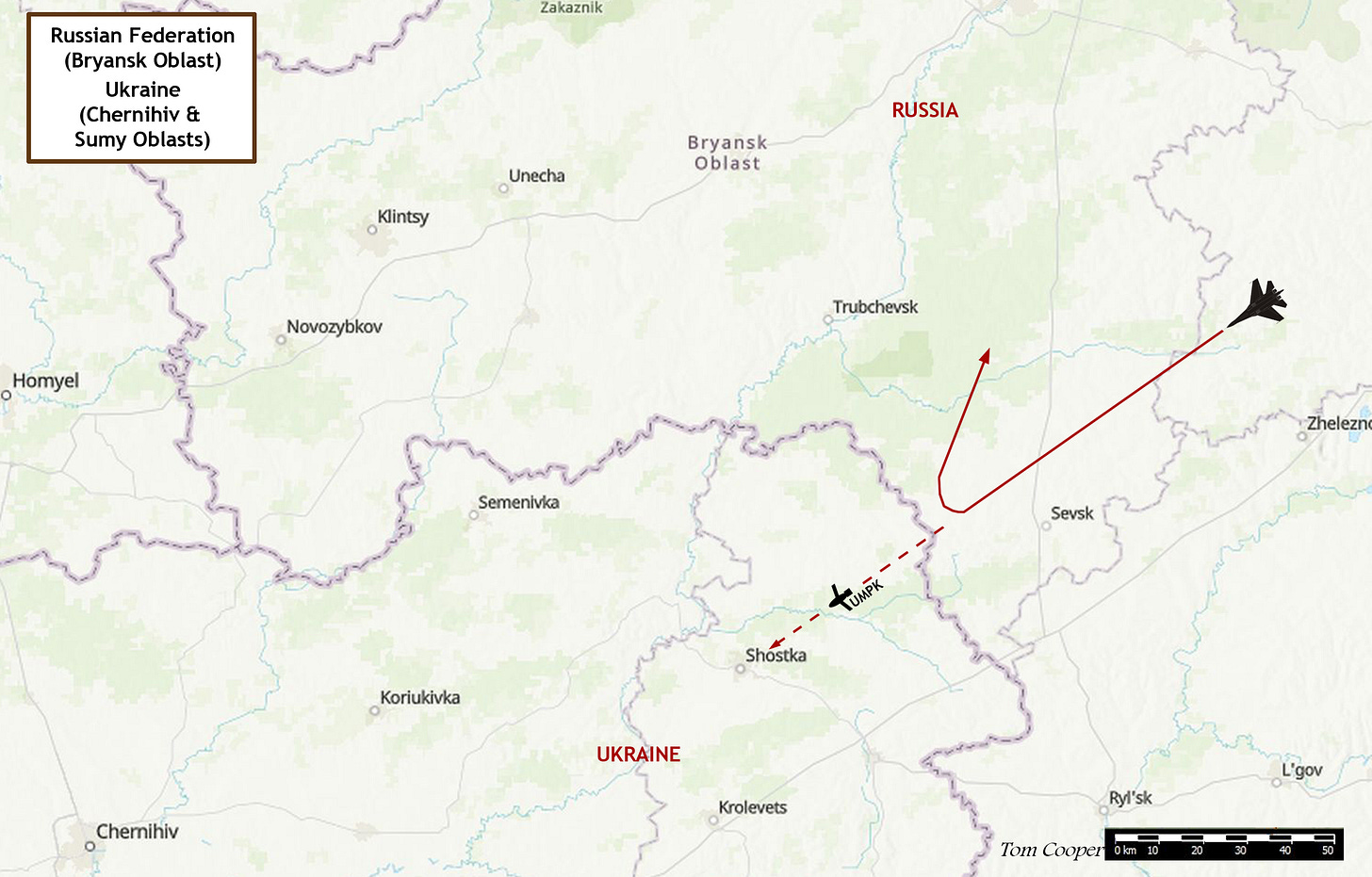
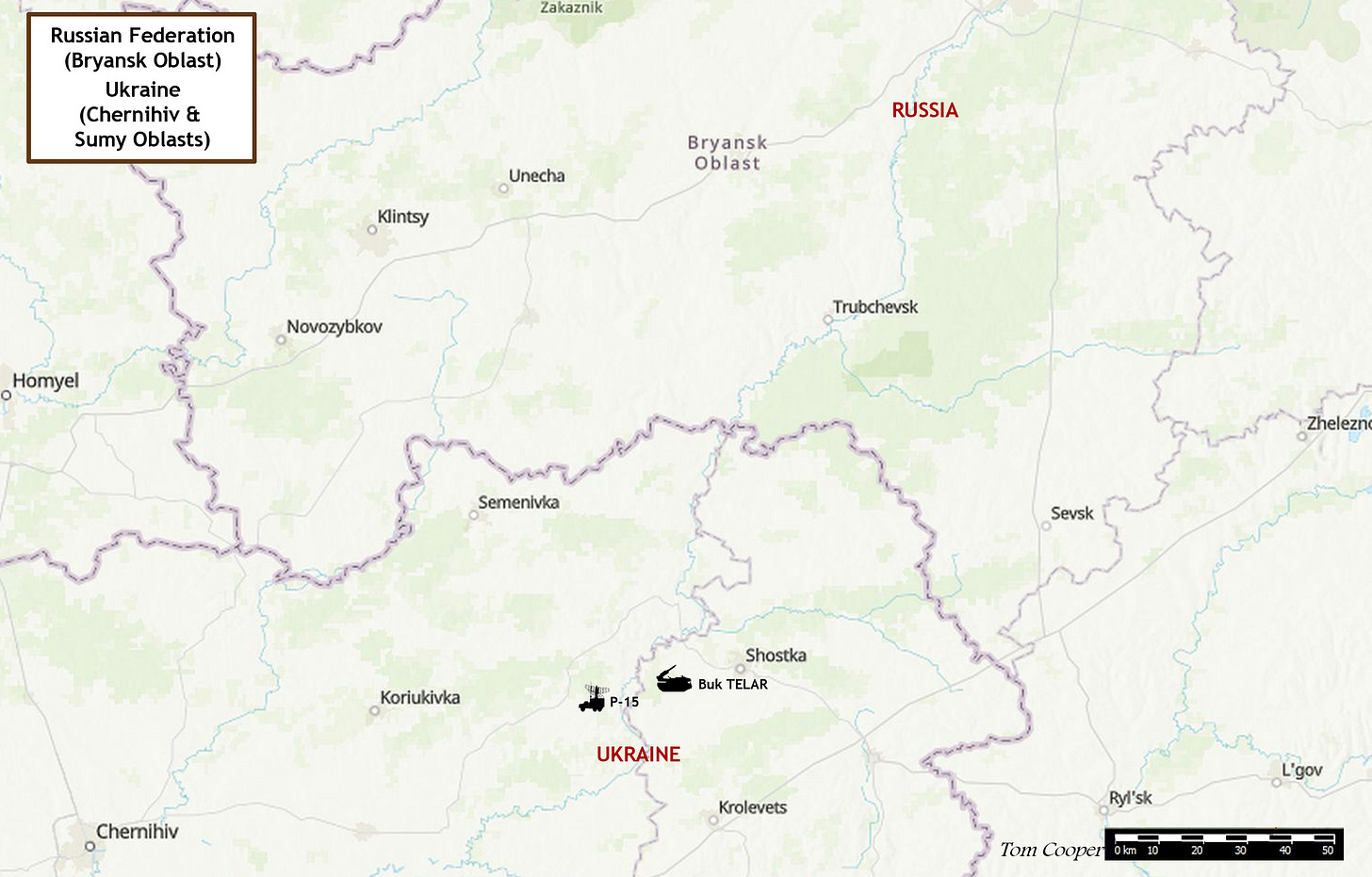
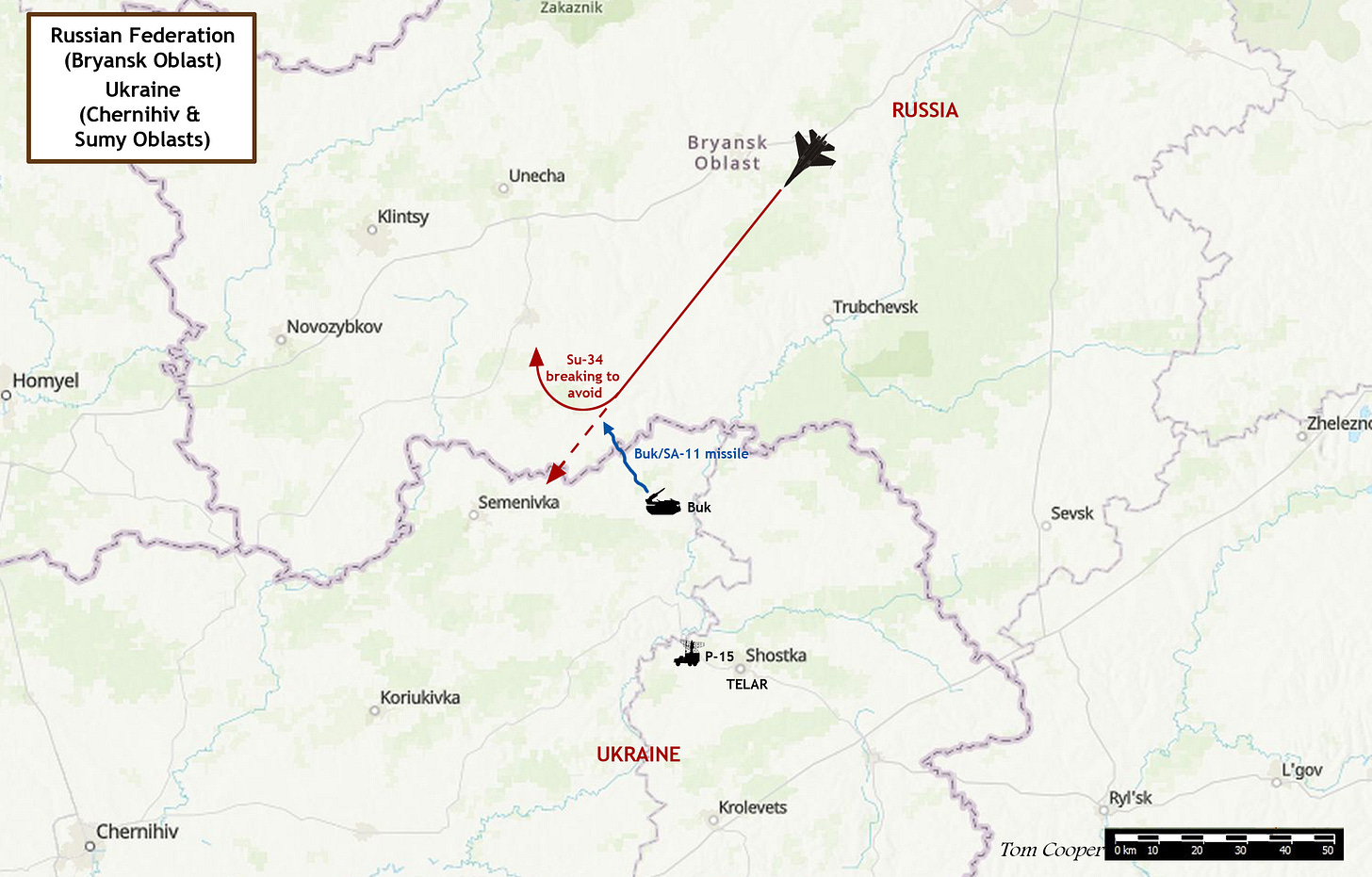
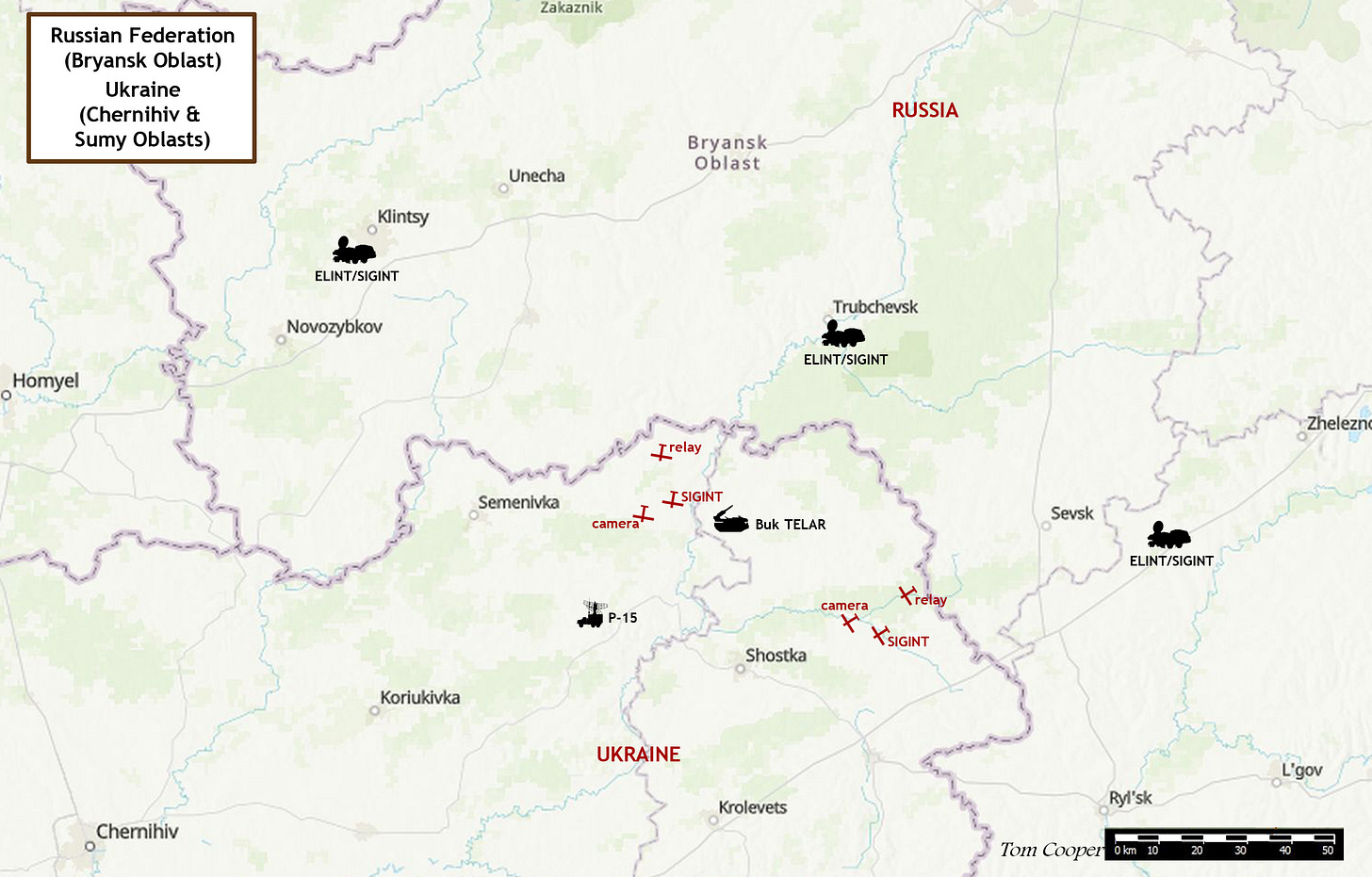
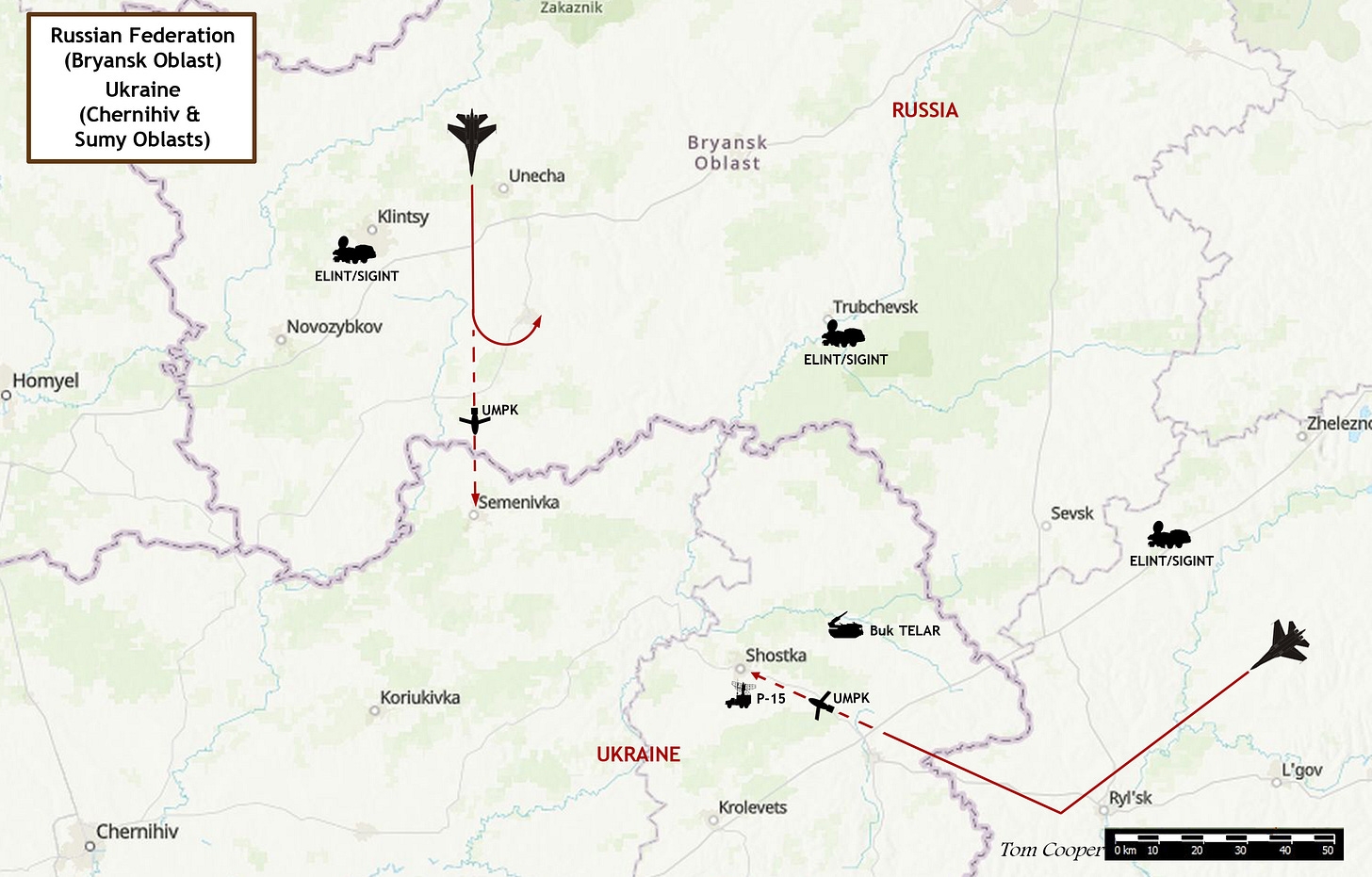
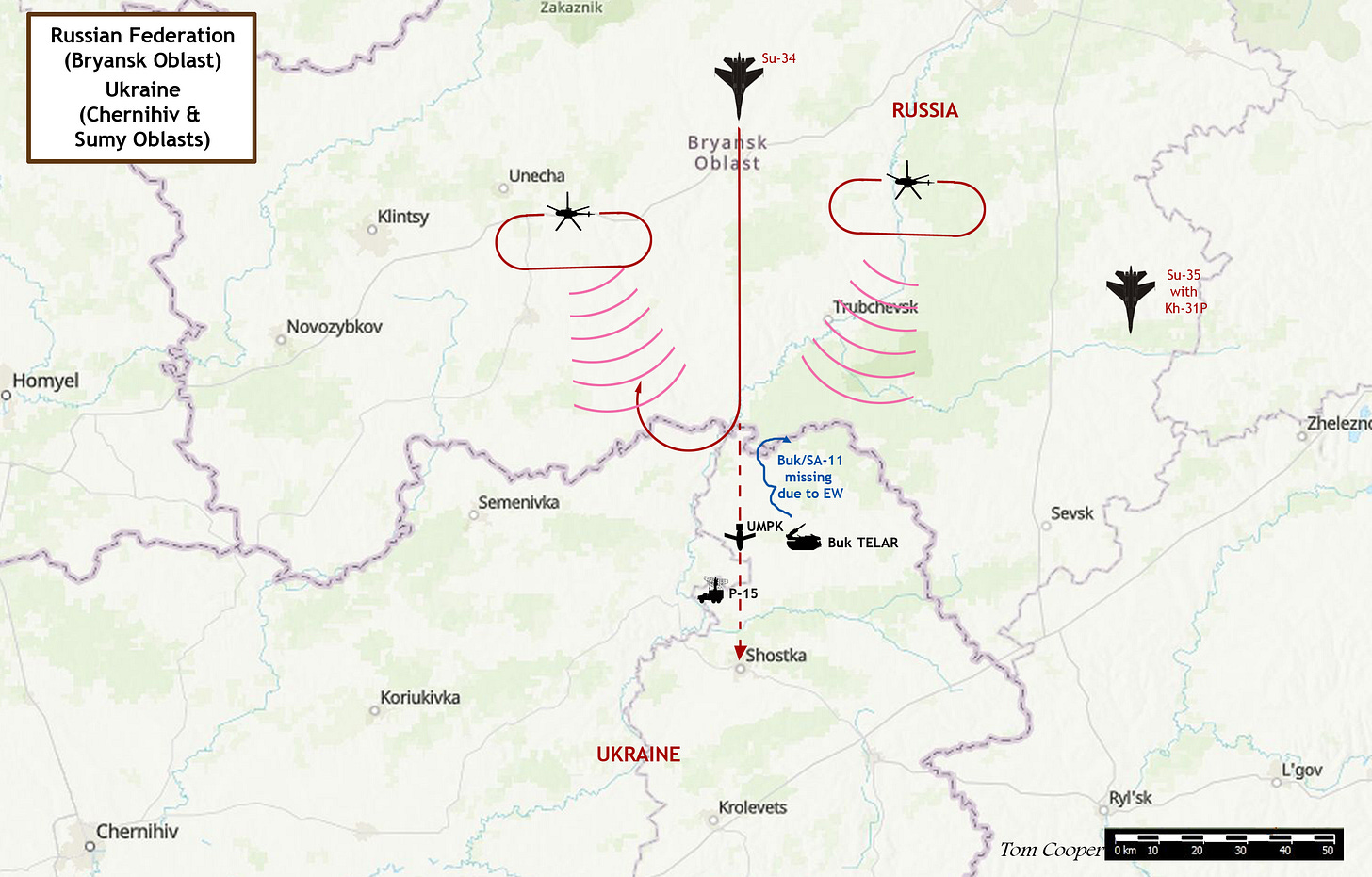
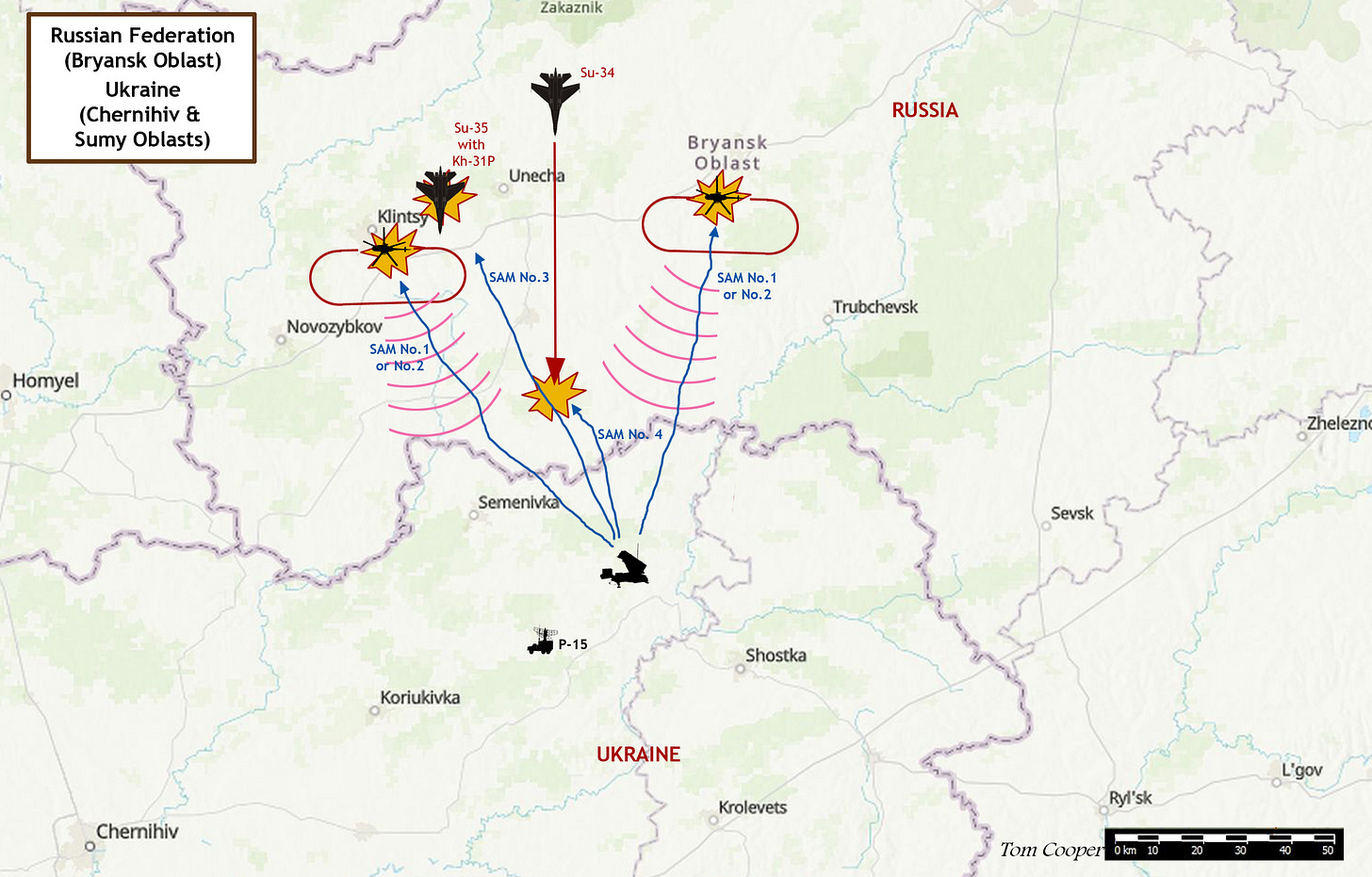

We thank you, International Man of Mystery and Intrigue!
Splendid. You put this 6-part series so well. I see why it needs these much lead-up. It all makes sense. Thank you!